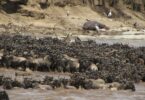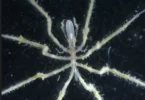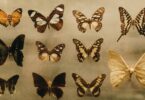Land birds, often unnoticed but ever-present, are the quiet caretakers of our planet. Whether it’s the cheerful chirp of a house sparrow in the morning or the soaring silhouette of a red-tailed hawk in the sky, these birds offer much more than fleeting glimpses. They are vital to the balance of our environment. Let’s explore the fascinating world of land birds and uncover how their silent contributions are tied to the health of our planet—and ultimately, to us.


Nature’s Architects: Land Birds Creating Homes for All
Consider the Red-cockaded Woodpecker, a small bird native to the pine forests of the southeastern United States. Unlike most woodpeckers that make homes in dead trees, these birds carve out nesting cavities in living pines. Their efforts not only provide homes for themselves but also for a host of other creatures like owls, flying squirrels, and insects. This makes them keystone species—meaning their actions support entire ecosystems. Without them, many other species would struggle to find shelter.
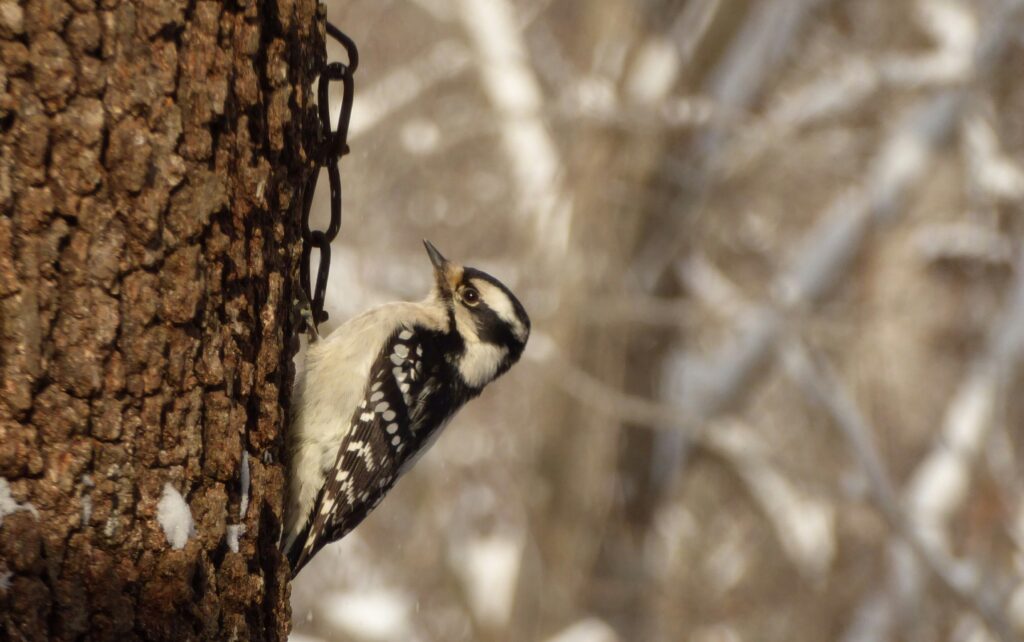
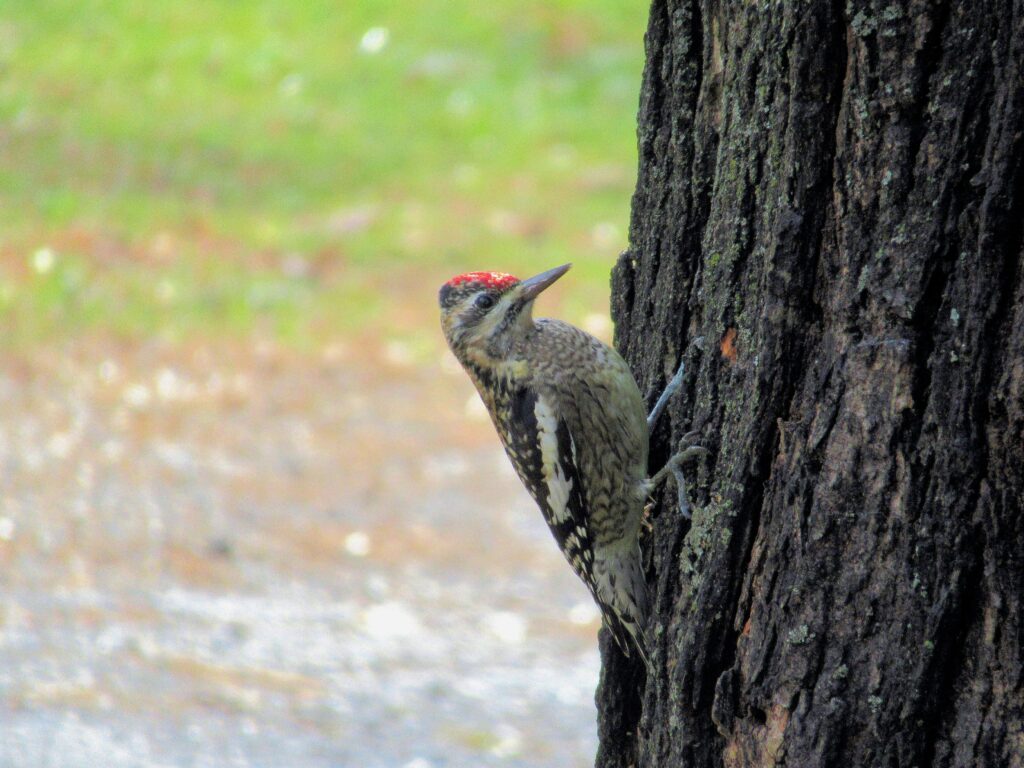
Seed Spreaders: Nature’s Green Gardeners
Birds are some of nature’s most effective seed dispersers, unknowingly planting forests with every meal. One striking example is the Clark’s Nutcracker, a bird of the western U.S. and Canada. This bird feeds on the seeds of the whitebark pine and caches thousands of them underground to eat later. The amazing thing? It doesn’t recover all the seeds, which allows many to germinate, growing into new trees. This helps entire forests regenerate, keeping landscapes healthy and green.
Closer to home, birds like the American Robin or Cedar Waxwing eat fruits and berries, spreading the seeds in their droppings. Without these feathered gardeners, our forests and fields would lose the diversity needed to sustain vibrant ecosystems.
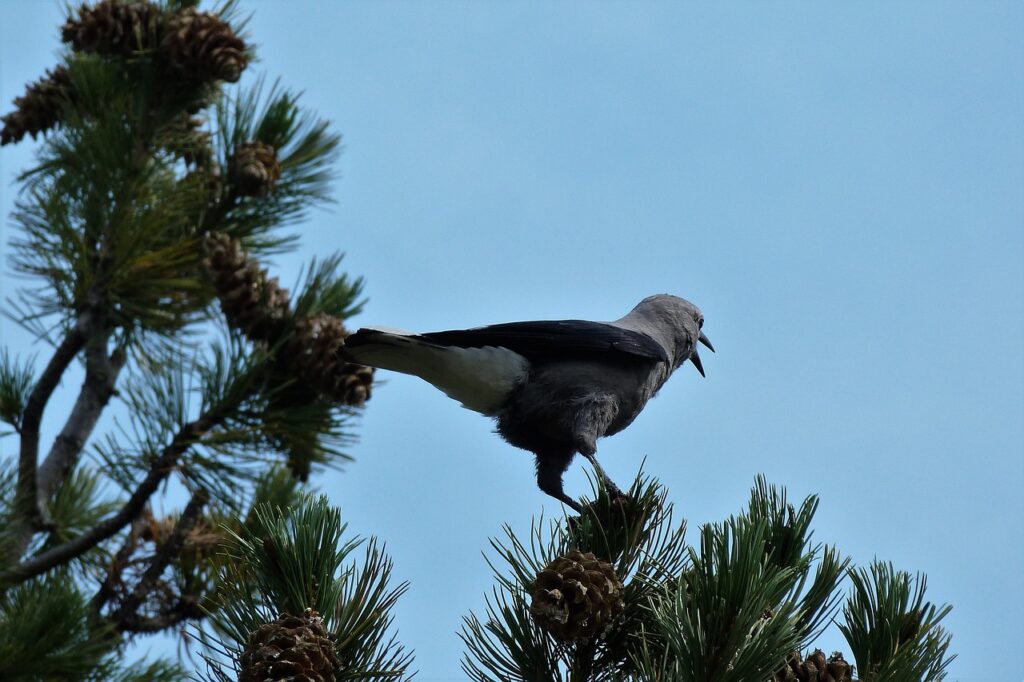
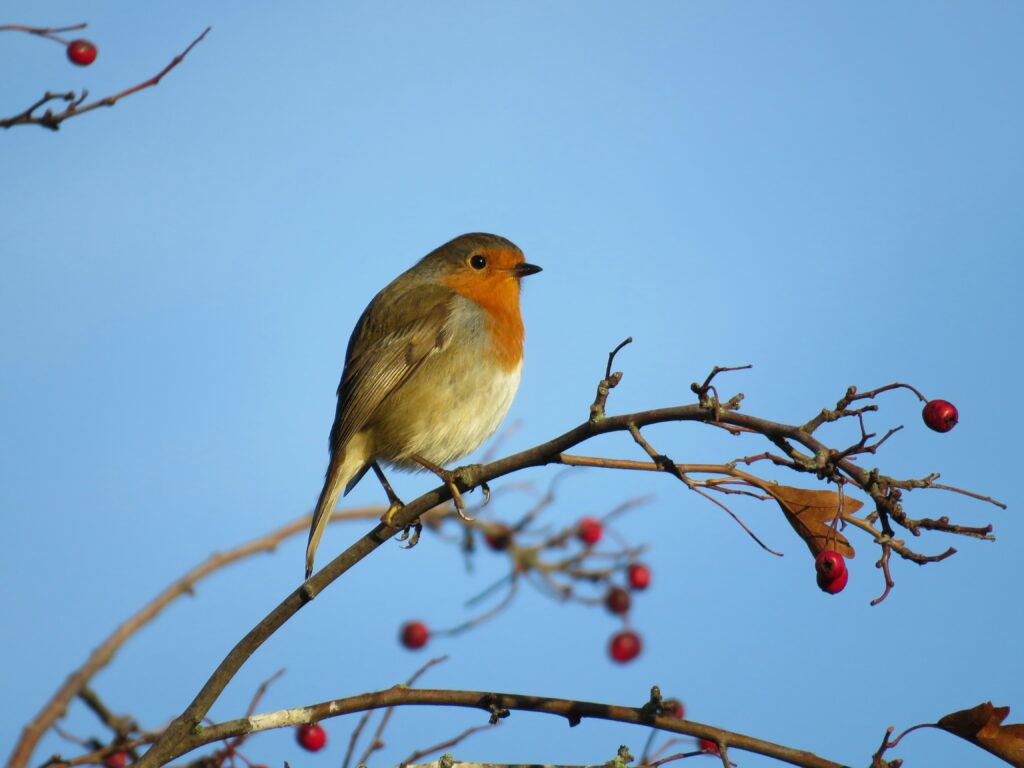
Pest Controllers: Protecting Crops and Nature
Some land birds serve as natural pest control, consuming insects that would otherwise harm crops and spread diseases. Take the Eastern Bluebird, a small, brightly colored bird that feasts on insects like grasshoppers, caterpillars, and beetles. By keeping these insect populations in check, bluebirds help farmers naturally manage pests without the need for chemical pesticides. Similarly, the Barn Owl, which is famous for its silent flight, preys on rodents that destroy crops. A single Barn Owl family can consume over 3,000 mice in one breeding season, making them invaluable to farmers.
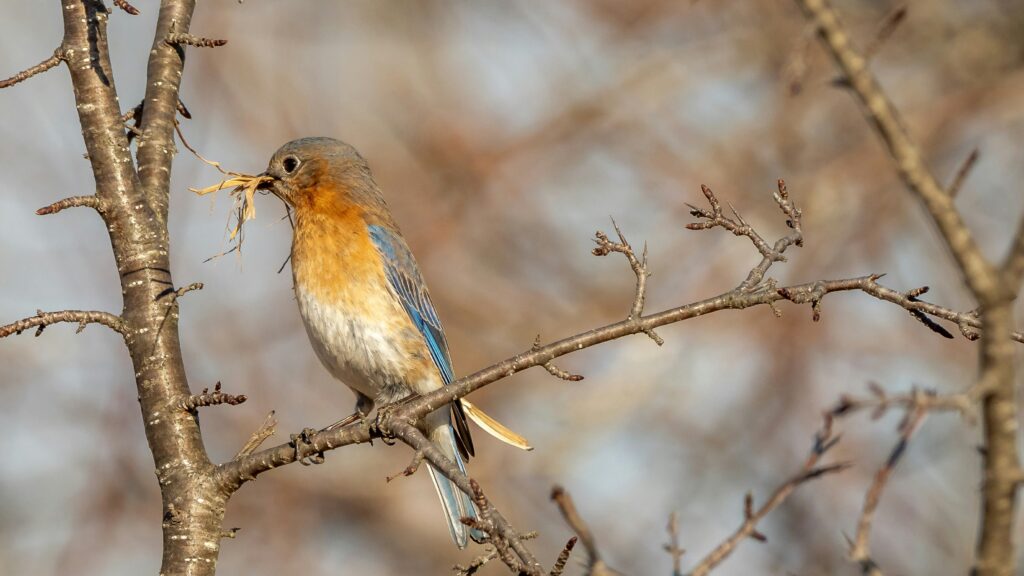
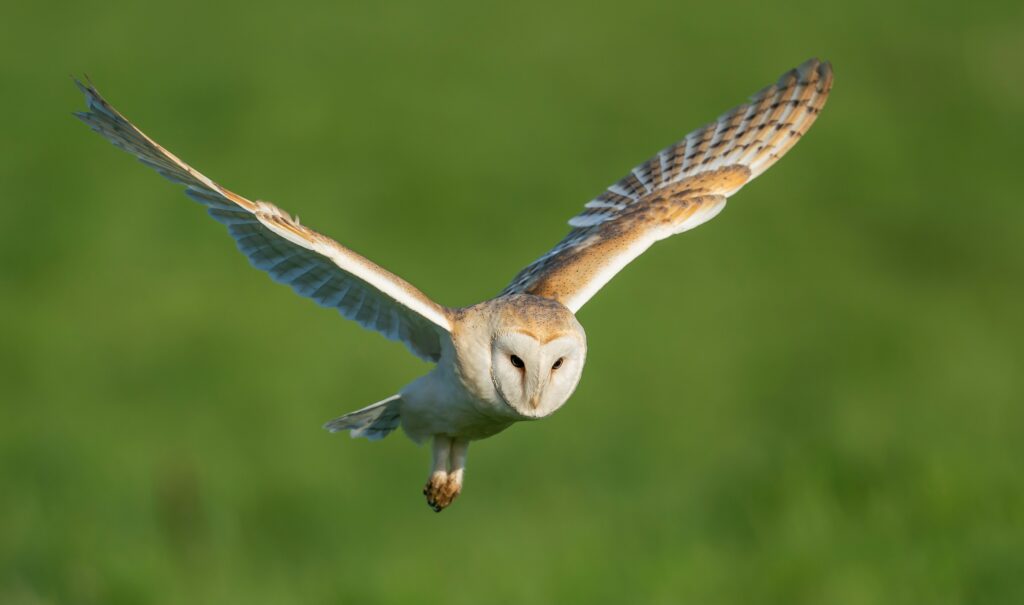
Pollinators of the Sky: Land Birds and Plant Growth
While birds like bees and butterflies usually come to mind when we think of pollination, certain birds like the Anna’s Hummingbird play a similar role. Found along the West Coast, these hummingbirds feed on nectar from flowers, and in the process, they carry pollen from one bloom to another, helping plants reproduce. By pollinating wildflowers and fruit-bearing plants, these birds contribute to the cycles that keep our gardens, forests, and food systems thriving.
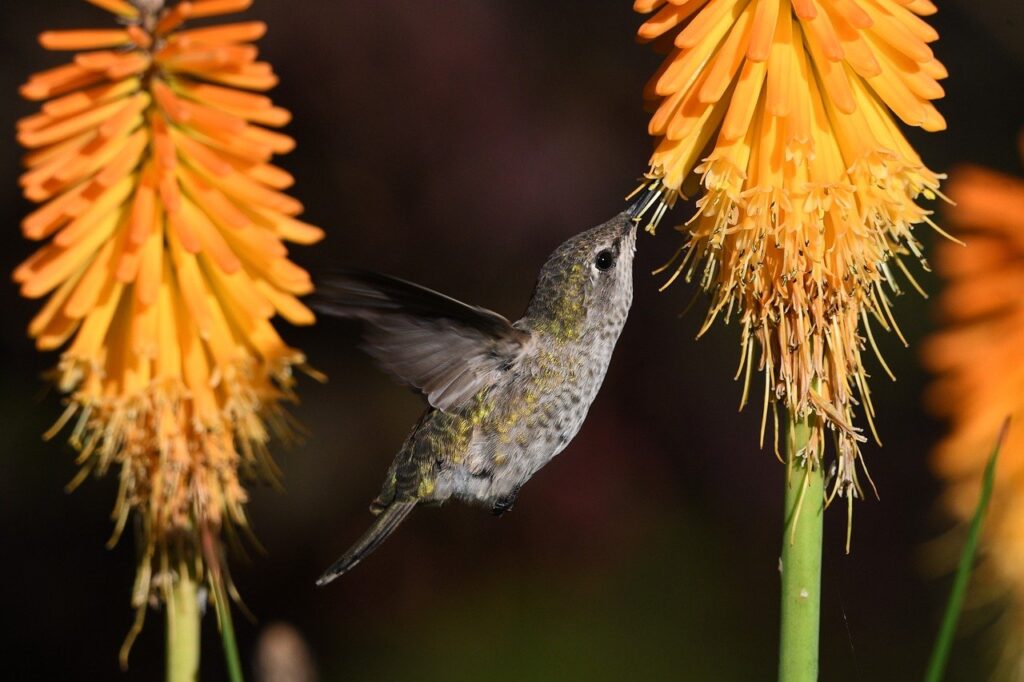
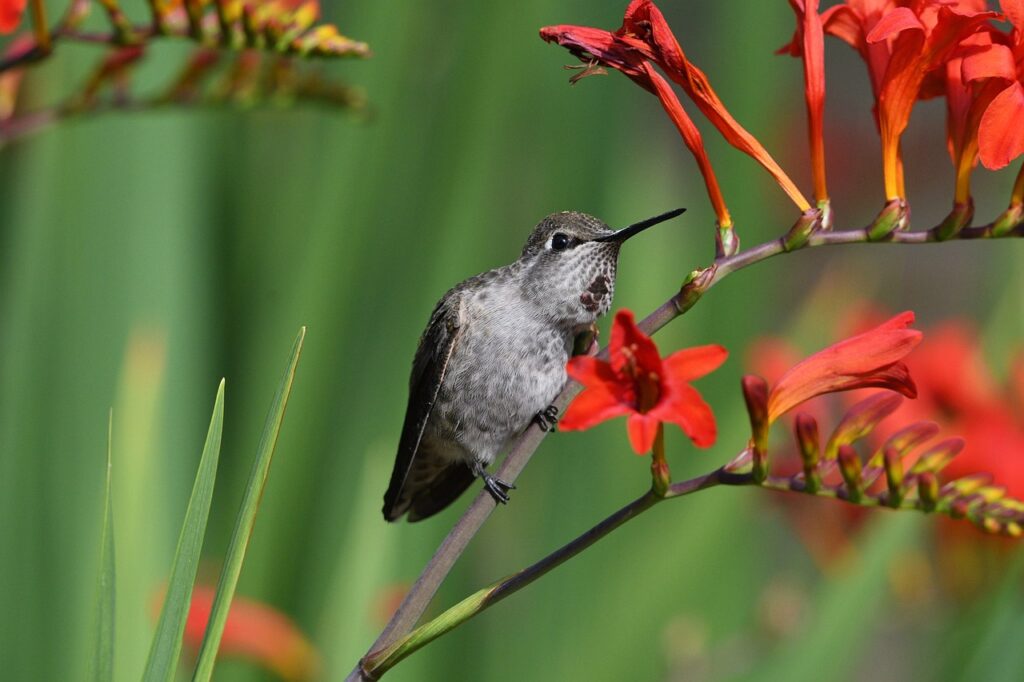
Birds in Decline: The Urgent Need for Conservation
Despite their importance, many land bird species are in trouble. The Eastern Meadowlark, once a common sight in grasslands across North America, is now facing steep declines due to habitat loss. Similarly, the California Quail, a bird native to the western U.S., is seeing its numbers shrink as urban development continues to encroach on its natural habitat. If we lose these birds, we also lose the balance they provide to their ecosystems—something we cannot afford.
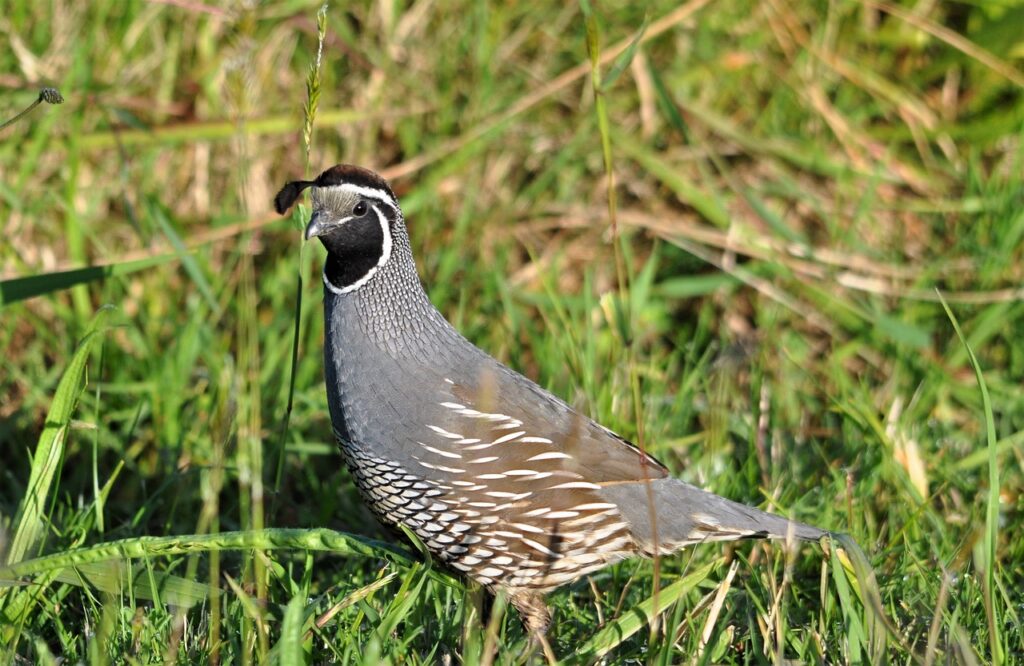

Conclusion:
Land birds are vital threads in the intricate web of life, playing essential roles in maintaining the health of ecosystems across the globe. Whether they are dispersing seeds, controlling pests, or creating homes for other species, their contributions to nature are profound. Protecting their habitats and ensuring their survival is a responsibility we all share. When we protect them, we are also safeguarding the future of our natural world—and ourselves.
Call to Action:
- Support local bird conservation efforts.
- Plant native trees and bushes to create natural habitats.
- Avoid the use of harmful pesticides in your garden.
- Install bird feeders or baths to provide safe spaces for birds to rest and hydrate.
- Participate in community efforts like bird counts or habitat restoration.



